*
I am planning to build a home soon and would like to know the best way to sound proof interior walls. I know blown in insulation is good, but I don’t think it will be enough. I was thinking of using a thin plastic insulation material between the studs and the sheet rock to stop the noise transfer through the sheet rock to the stud back to the sheet rock. The material I was thinking of using is fairly thin about 1/8″ and made with small air pockets. It would be easy to install and cheap, but I don’t know if it would hold up long term. Or is there a better sound proofing method.
Discussion Forum
Discussion Forum
Up Next
Video Shorts
Featured Story
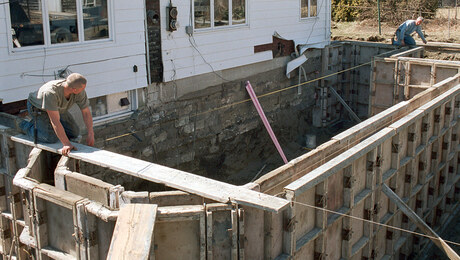
There are a number of ways to achieve a level foundation and mudsill.
Featured Video
Builder’s Advocate: An Interview With ViewrailHighlights
"I have learned so much thanks to the searchable articles on the FHB website. I can confidently say that I expect to be a life-long subscriber." - M.K.
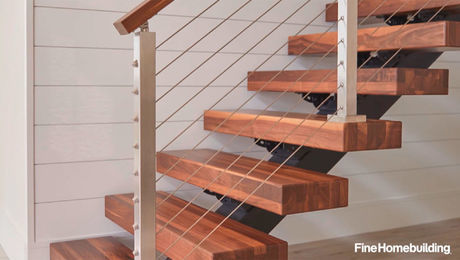
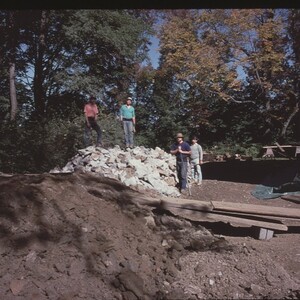

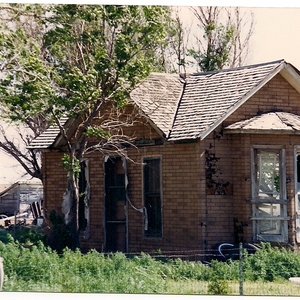
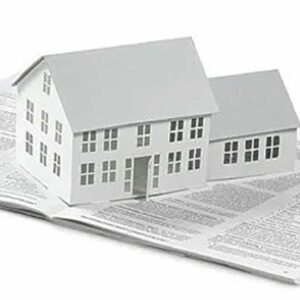






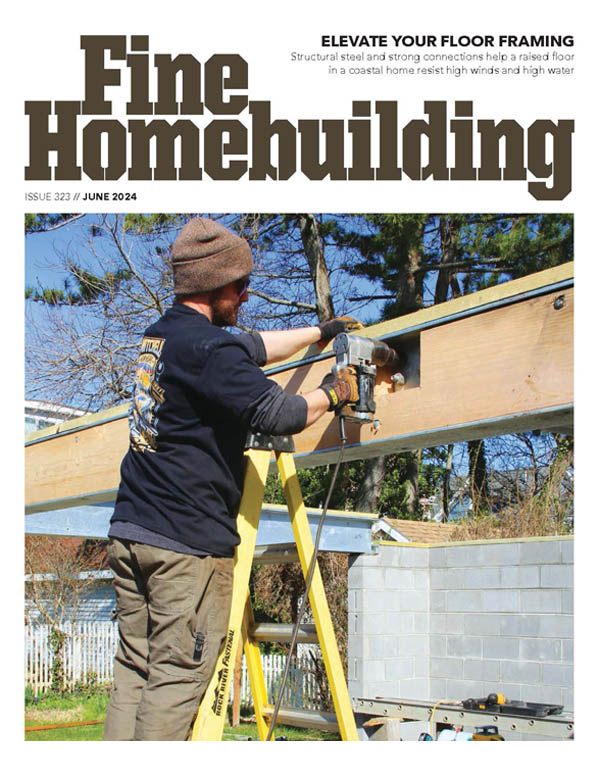

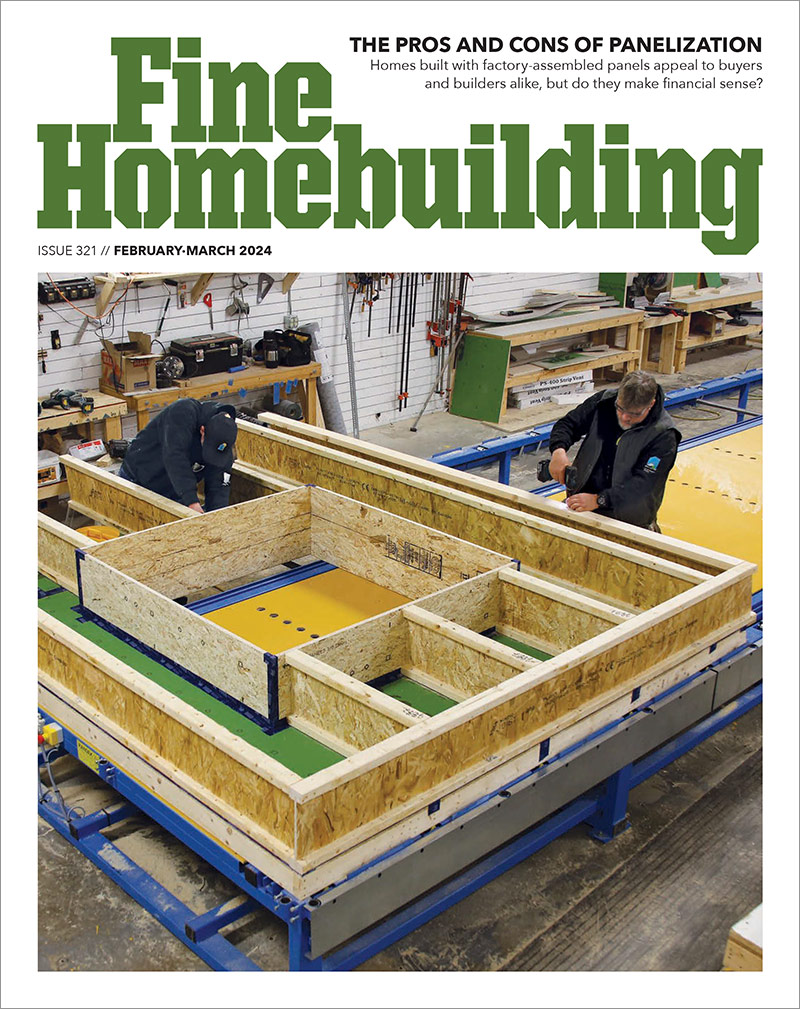

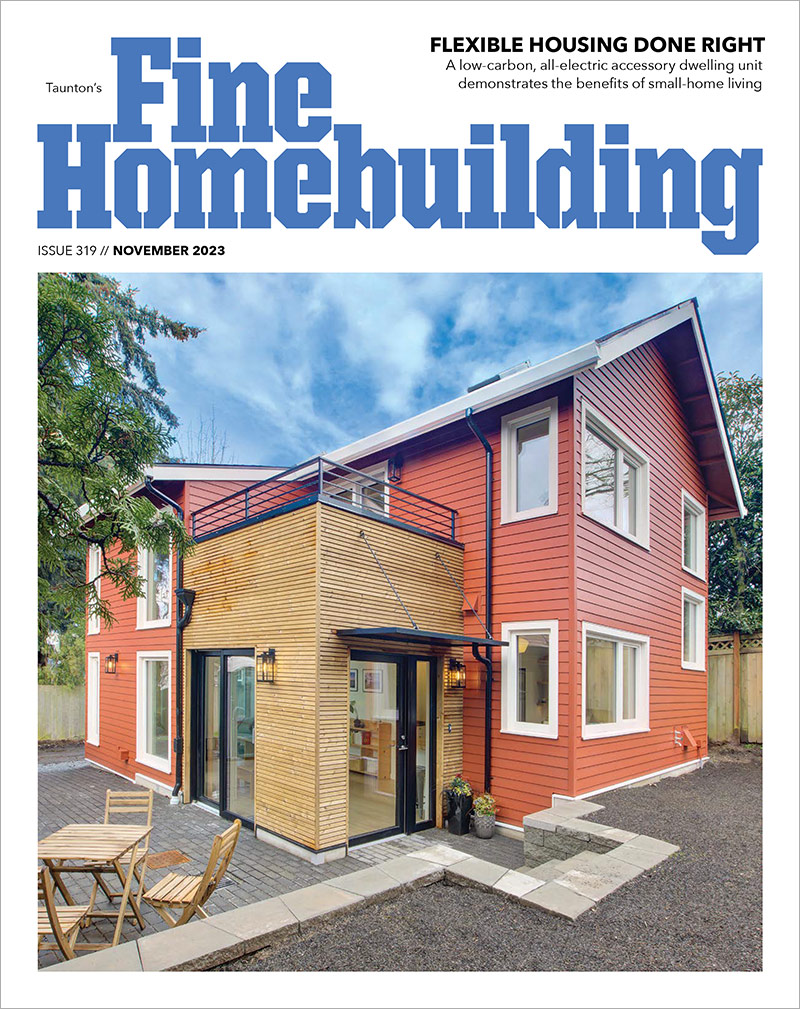

Replies
*
Ben -
Get yourself a copy of United States Gypsum's "Gypsum Construction Handbook". It has pages of sound proofing details for drywall construction. It will show you many different techniques and what the resulting STC (sound transmission class). I'm not sure but you might even be able to check out this info in their website.
Note: The higher the STC number the better the sound proofing. If your trying to screen out a teenagers room you might need an STC as high as 59. Also dont forget floors & ceilings. Sound can travel a long way between joists...
Good luck
KAP
*There is a book which many high schools use as a text...You should be able to find it at your local library: Modern Carpentry by Willis H. Wagner...Has a chapter on thermal and sound insulation...lots of good illustrations and STC values. I think the best value is the one that simply has 1/2 inch sound dead board between the drywall and the studs. STC=45 which is very good for very little extra work.
*Do you have a URL for US Gypsum?Thanks,Charlie
*The key to soundproofing is separation. Three years ago, we built a foley stage, which is a place for recording extremely soft sounds, such as footsteps and cloth movement. This requires extremely good isolation from external sounds. The stage is a box inside a box, a room inside a building whose walls and ceiling aren't attached in any way to the surrounding structure. I also know a professional drummer who turned his garage into a practice room the same way. He could practice, and even jam with brass players, and the neighbors never heard a note. One approach is to build a wall with 2x6 plates and a double set of 2x4 studs, half the studs flush with one side of the plates, and the others flush with the other side, and not touching each other.-- J.S.
*USG-1-800-USG4YOU.........www.usg.com
*Cheap and easy. Idea derived from hearing test booth construction. Staple poly plastic to first layer of taped sheetrock Run horizontal batten next nailing through to studs. Another layer of poly, then second/final sheetrock nailed to battens. I used this non-scientific method in my condo and neighbors never complained about my elec guitar.
*
I am planning to build a home soon and would like to know the best way to sound proof interior walls. I know blown in insulation is good, but I don't think it will be enough. I was thinking of using a thin plastic insulation material between the studs and the sheet rock to stop the noise transfer through the sheet rock to the stud back to the sheet rock. The material I was thinking of using is fairly thin about 1/8" and made with small air pockets. It would be easy to install and cheap, but I don't know if it would hold up long term. Or is there a better sound proofing method.